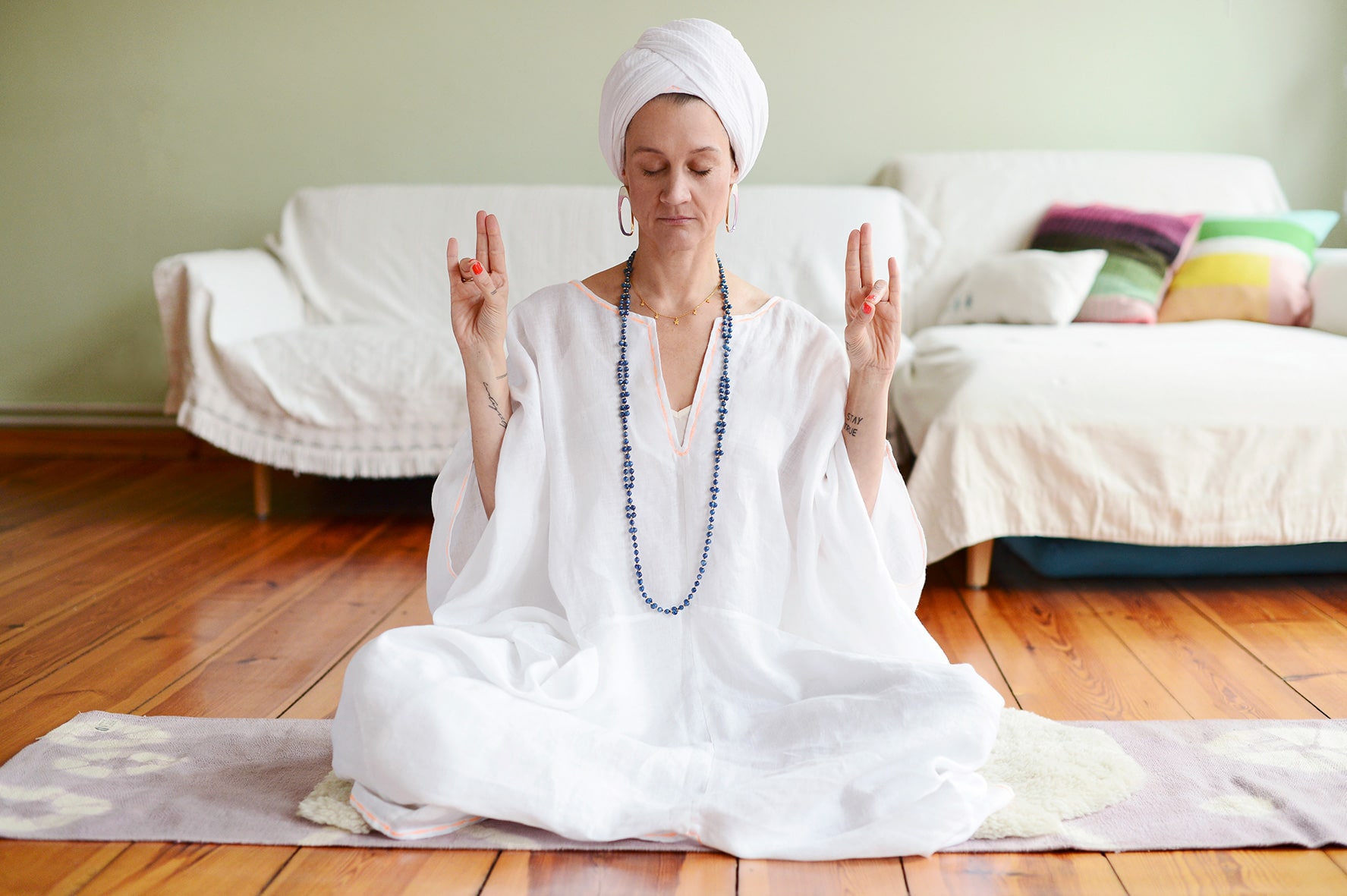
California: According to a UCLA Health study, Kundalini yoga, a type of yoga that focuses on breathing, meditation, and mental visualisation, appeared beneficial for older women who had risk factors for Alzheimer's disease and were concerned about episodes of memory deterioration.
Using a type of MRI that measures activity in regions and subregions of the brain, UCLA Semel Institute for Neuroscience and Human Behaviour researchers discovered that Kundalini yoga, which combines movement and meditation and focuses on breathing, mantra recitation, and mental visualisation, increased connectivity in an area of the brain that can be impacted by stress and is associated with memory decline. The findings were published early online in the Journal of Alzheimer's Disease.
Led by psychiatrist Dr Helen Lavretsky, UCLA researchers studied the effects of yoga compared to the gold-standard approach of memory enhancement training (MET) on connectivity in subregions of the hippocampus, a critical area of the brain for learning and memory. MET is derived from techniques that use verbal and visual association and practical strategies to improve memory.
“Kundalini yoga training appears to better target stress-related hippocampal connectivity, whereas MET may better target sensory-integration subregions of the hippocampus, supporting better memory reliability,” said Lavretsky, director of the Late-Life Mood, Stress, and Wellness Research Program.
“The key takeaway is that this study adds to the literature supporting the benefits of yoga for brain health, especially for women who have greater perceived stress and subjective memory impairment,” she said, adding, “This gentle form of yoga, which focuses more on breathing and mental engagement than on movement, like other forms of yoga, is ideal for older adults who may have some physical limitations.”
The study included 22 participants who were part of a larger randomized controlled trial studying yoga’s effects on Alzheimer’s risk. The mean age among the 11 yoga participants was about 61; it was about 65 in the MET group.
All had a self-reported decline in memory function during the previous year and one or more cardiovascular risk factors, which can also increase the risk for Alzheimer’s disease. These included plaque buildup in arteries, recent heart attack, diabetes, and treatment for high blood pressure or high cholesterol.
Both the yoga and MET groups had a 60-minute, in-person training session each week for 12 weeks. The programs also included daily homework or practice sessions. The Kundalini yoga (KY) training was supported with at-home practice of another brief meditative form of yoga, Kirtan Kriya (KK).
These types of yoga engage a variety of senses simultaneously and have a chanting component that may improve respiratory, cardiovascular, and autonomic nervous system functions, according to previous studies.
Lavretsky and her team have previously reported that Kundalini and Kirtan Kriya yoga had beneficial effects on depression, resilience, and executive functioning in older adults with mild cognitive impairment.
They also found that yoga had a more robust neuroprotective effect on right hippocampal volume, which may suggest improved memory function, than MET in older women with subjective memory decline and cardiovascular risk factors.
The new study used specialized functional MRI to establish resting-state connectivity of the hippocampus. This imaging, considered more sensitive to cognitive changes than hippocampal volumes, enabled the researchers to evaluate subregions of the hippocampus, comparing the effects of yoga versus memory training.
Based on their findings, the yoga “training may better target hippocampal subregion connectivity impacted by stress, which may aid in processing information, including facial information, into memory,” the authors said, adding, “the observed greater increased connectivity between anterior and posterior hippocampal subregions with KY+KK training than with MET may suggest superior long-term neuroprotective benefits in terms of vulnerable hippocampal connections critical to episodic memory with KY+KK training.”
The hippocampus must integrate information from various senses, and MET appears better than yoga in assisting in this function.
The various mnemonic strategies in MET, including verbal, visual, and spatial associative techniques, generally aim to enhance multimodal sensory integration into memory processes. Thus, MET may show superiority to KY+KK in terms of hippocampal sensory integration important to memory, which could support better memory reliability, the study revealed.
While the small study suggests these forms of yoga may be of particular benefit to women who report experiencing stress and have additional risk factors for Alzheimer’s disease, the authors say future, large-scale studies that have a placebo group or control arm will be needed to clarify the beneficial effects of both yoga and MET on hippocampal connectivity and memory. (ANI)







